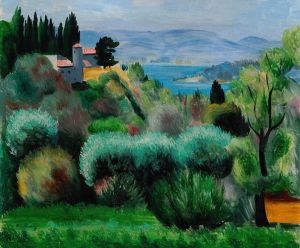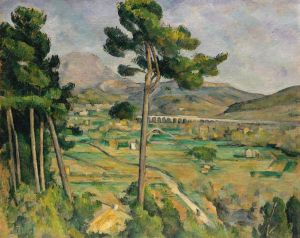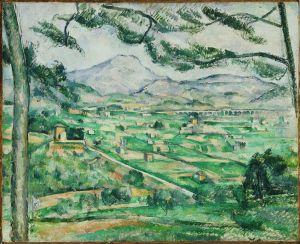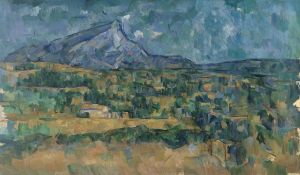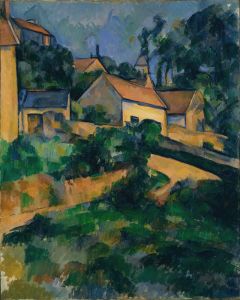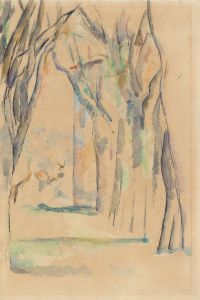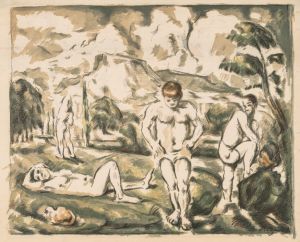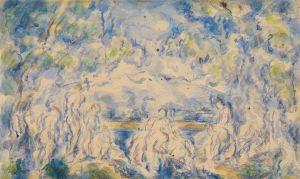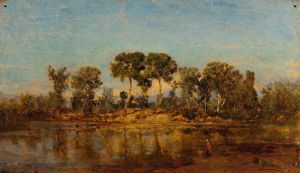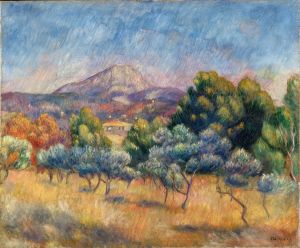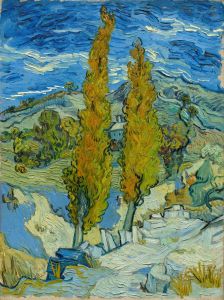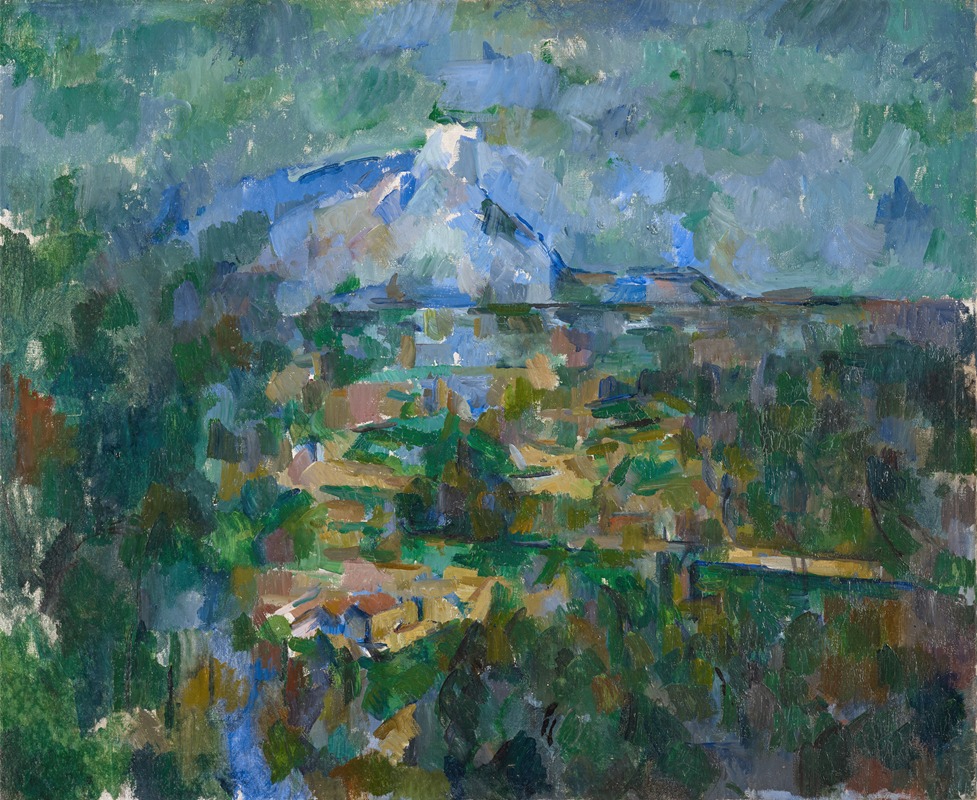
View of Mount Sainte-Victoire from Les Lauves
A hand-painted replica of Paul Cézanne’s masterpiece View of Mount Sainte-Victoire from Les Lauves, meticulously crafted by professional artists to capture the true essence of the original. Each piece is created with museum-quality canvas and rare mineral pigments, carefully painted by experienced artists with delicate brushstrokes and rich, layered colors to perfectly recreate the texture of the original artwork. Unlike machine-printed reproductions, this hand-painted version brings the painting to life, infused with the artist’s emotions and skill in every stroke. Whether for personal collection or home decoration, it instantly elevates the artistic atmosphere of any space.
"View of Mount Sainte-Victoire from Les Lauves" is a painting by the French Post-Impressionist artist Paul Cézanne. Created between 1902 and 1906, this work is part of Cézanne's extensive series of paintings depicting Mont Sainte-Victoire, a mountain in southern France near his hometown of Aix-en-Provence. The painting is considered one of the key examples of Cézanne's mature style and reflects his innovative approach to form, color, and composition.
Cézanne painted this particular view from Les Lauves, a hillside property he purchased in 1902 on the outskirts of Aix-en-Provence. The location provided him with an elevated vantage point, allowing him to study the landscape and the mountain in varying light and atmospheric conditions. This series of works from Les Lauves is notable for its abstracted treatment of the natural world, as Cézanne moved away from traditional representational techniques and toward a more modern, fragmented style.
In "View of Mount Sainte-Victoire from Les Lauves," Cézanne employs a palette of muted greens, blues, and ochres to depict the rolling hills, trees, and the iconic mountain in the distance. The composition is structured with a sense of geometric order, as the artist breaks down the landscape into simplified shapes and planes. This approach reflects Cézanne's interest in capturing the underlying structure of nature, a concept that would later influence the development of Cubism and modern art.
The painting also demonstrates Cézanne's mastery of brushwork and his ability to convey depth and perspective without relying on traditional linear techniques. Instead, he uses overlapping planes of color and subtle shifts in tone to create a sense of spatial depth. This method was groundbreaking at the time and marked a departure from the more detailed and realistic landscapes of earlier artists.
"View of Mount Sainte-Victoire from Les Lauves" is housed in the Phillips Collection in Washington, D.C. It is one of several works from this series that are held in major museums around the world, underscoring the significance of Cézanne's exploration of this subject. The Mont Sainte-Victoire series as a whole is widely regarded as a cornerstone of modern art, bridging the gap between 19th-century Impressionism and the abstract movements of the 20th century.
Paul Cézanne's dedication to studying Mont Sainte-Victoire over many years reflects his deep connection to the Provençal landscape and his relentless pursuit of artistic innovation. This painting, like others in the series, exemplifies his ability to transform a familiar subject into a profound exploration of form and perception.





